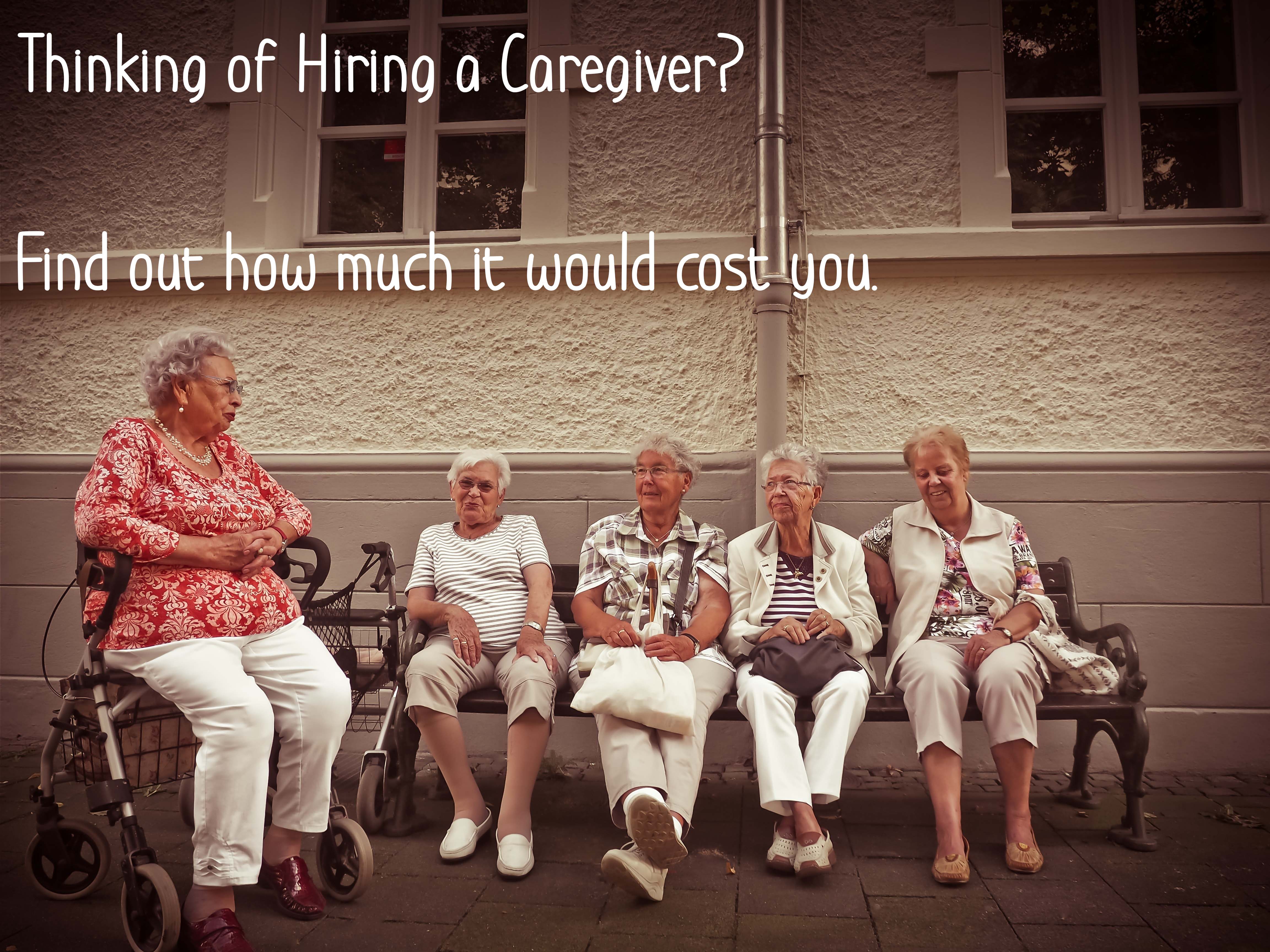More Caregivers Are No Spring Chickens Themselves
by Paula Span
Gail Schwartz wants to keep her 85-year-old husband out of a nursing home as long as she can, but it isn’t easy.
Because David Schwartz, a retired lawyer, has vascular dementia and can no longer stay alone in their home in Chevy Chase, Md., she tends to his needs from 1 p.m. to 11 p.m. every Monday through Saturday and all of Sunday. When she dashes out for errands, exercise and volunteer work in the morning, she checks in by phone with the aides she has hired. “I’m always on alert,” she said. “At the grocery store, I’m thinking, ‘Is David O.K.?’ ”
An aide now stays overnight, too, because Mr. Schwartz awakened so frequently, disoriented and upset, that his wife began to suffer the ill effects of constantly disrupted sleep. She has moved into the bedroom across the hall. “I need my rest,” she said. “I’m no spring chicken myself.”
Indeed, Gail Schwartz is 78. While she thinks her husband does better at home — “he’s getting 24-hour attention, and you don’t get that in a nursing home,” she said — friends point out that the arrangement is much harder on her. She worries, too, about costs climbing as Mr. Schwartz’s health declines and his needs increase. For now, though, she manages, part of an apparently growing phenomenon: the old taking care of the old.
Every few years, the National Alliance for Caregiving and the AARP Public Policy Institute survey the state of American caregiving; their latest report, published last month, focused in part on caregivers over 75. They constitute 7 percent of those who provide unpaid care to a relative or friend, the survey found — more than three million seniors helping with the so-called activities of daily living (bathing, dressing, using a toilet), instrumental activities of daily living (shopping, transportation, dealing with the health care system) and a rising tide of medical and nursing tasks.
Almost half of them report caring for a spouse; the others assist siblings and other relatives, friends or neighbors, most also 75 or older. About 8 percent of these oldest caregivers still care for parents.
The aging of the population has thrust more seniors into this role, said Gail Hunt, president and chief executive of the National Alliance for Caregiving. “There didn’t use to be so many 95-year-olds,” she said, “and someone’s caring for those 95-year-olds.”
That’s challenging for anyone, though the extent of what’s called “caregiver burden” remains a subject of debate. For years, researchers have presented caregiving stress as a potential source of depression, compromised health, even premature death. Some of those findings are being reassessed; a recent study in The Gerontologist, for instance, argues that the picture is “overly dire” and that several studies find benefits for caregivers — the “healthy caregiver” hypothesis. (My own hypothesis: Both responses can be true, with caregiving providing purpose and activity in some situations but proving exhausting in others.)
People over 75, however, can find caregiving particularly taxing. They spend an average of 34 hours a week on caregiving tasks, the National Alliance for Caregiving report found, 10 hours more than caregivers over all, and they are less apt to have other unpaid help.
Because 46 percent take care of spouses, they are also more likely to be live-in caregivers, a known source of strain. “You’re responsible for their safety,” Ms. Hunt said. “You have to interact with the person all day long and maybe all night long, so your sleep is disturbed. It’s more stress than if you’re coming over periodically to help.”
The typical older caregiver in the study had been providing care for over five years. “Just the physical part of it, the lifting and bathing and all of that, can hurt you,” said Donna Wagner, dean of the College of Health and Social Services at New Mexico State University and a longtime researcher on family caregiving. Older caregivers, typically women, have their own health issues.
“My mother is a perfect example,” Dr. Wagner said, describing her as a 4-foot-10 woman who cared for her husband, an obese man with heart disease and diabetes, for seven or eight years. “I don’t even know how she managed,” Dr. Wagner said. After he died at 85, “it didn’t take her long to slide right into dementia. It’s as if she put it off while she had responsibility for him. There are a lot of mysteries.”
- Tags: Aging Caregivers Uncategorized
- Professional Medical














Comments 0